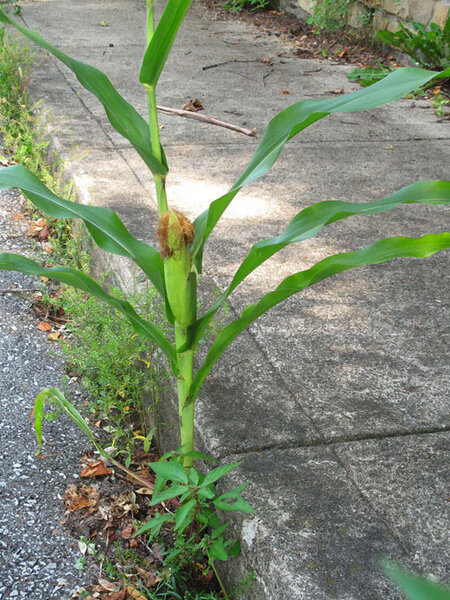Roots that stretch from farm to city
Loading...
I’ve spent the bulk of my time over the past 24 years on a dairy farm north of Bloomington, Ind., but I also have a home in town. Because of a joint custody agreement after a 1991 divorce, I toggled between my new farm home and a small brick house I bought in Bloomington, in my son’s school district.
His dad and I wanted Tim to continue in the school where he’d started, and this was most easily accomplished by my living in town for the weeks he spent with me. Tim had plenty of time on the farm, too, but school nights meant being on Wylie Street, not in the farmhouse above the cow yard.
Fast forward: Shortly after graduating high school Tim moved into his own digs. He married and fathered a child. I rented my home in town to Indiana University grad students.
I collected rent checks and kept up the place, wondering at times if I should sell it. But I loved the small brick edifice with its roomy first floor and separate, aerie-like studio apartment upstairs. Besides, it was more than paying for itself.
As it turns out, it’s a part-time home for me again. Tim, now divorced himself, lives downstairs; the weeks his son, Connor, spends with his dad, I center upstairs to help with child care and schooling (at that very same school) when Tim is at work.
Given that migrating the few miles between farm and town is not new to me, I find little difficulty making the most of both places. If I wake up in the morning wondering momentarily where I am, I quickly come to terms. In town there may be the early, friendly grinding of garbage trucks; there’s bird song, too, though not the trilling of the wood thrush or muted flutter of chimney swifts.
It is usually warmer in town, and neighbors are closer, a good thing in my experience. But similarities abound. Deer are plentiful around both of my homes, dropping their fawns in our pastures and fields or upon Bloomington’s lawns and gardens. Several trees and flowers in my own yard are transplants from the farm, their growth and blooming linking my two worlds.
But something altogether unexpected bridged my two homes and the disparate rhythms of my life this summer. Walking a few yards east from my town house (this is not a through street, and lightly traveled), I chanced to see a single stalk of corn rising from a crumbly bit of soil at the base of the curb – with a half-grown cob spiking valiantly skyward. Widely ranging deer may have been the agents of transport for a kernel or two – or more likely, I was, alighting from my car one afternoon in my farm boots.
The question now is what to do with the lonely little street volunteer. No one would think of harvesting what I’ve since come to know is something of a neighborhood icon. I’ve watched people walk their dogs around it, grinning and pointing. Someone dubbed it “corn on the curb,” an apt descriptor of my own dual existence.
For now, knowing it is there and communally appreciated is enough for all of us. So, until one of the neighborhood deer inevitably discovers it, I’ll salute this unlikely transplant from the farm. I feel a strange kind of kinship as I walk by it. It takes one to know one.





